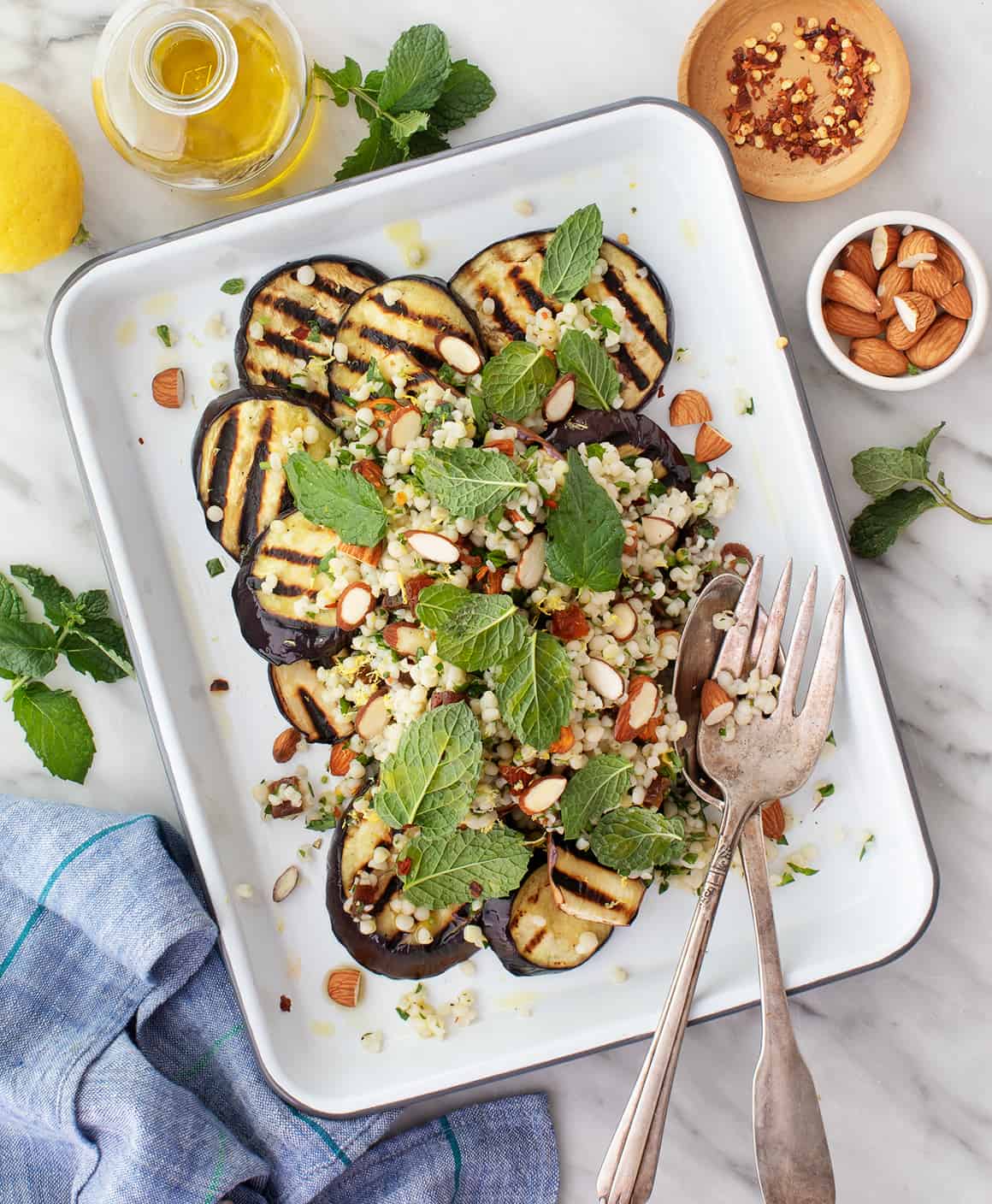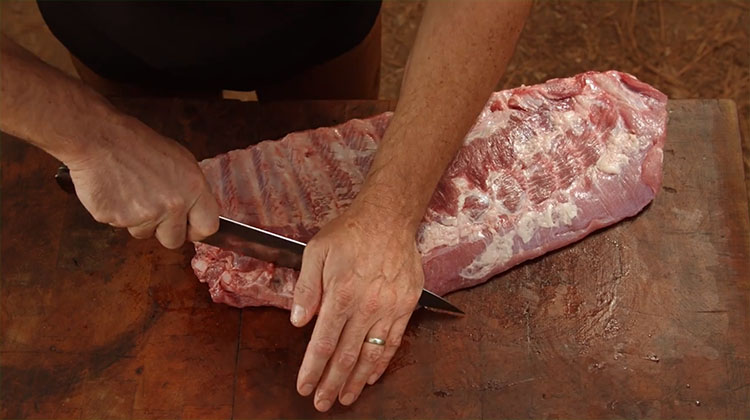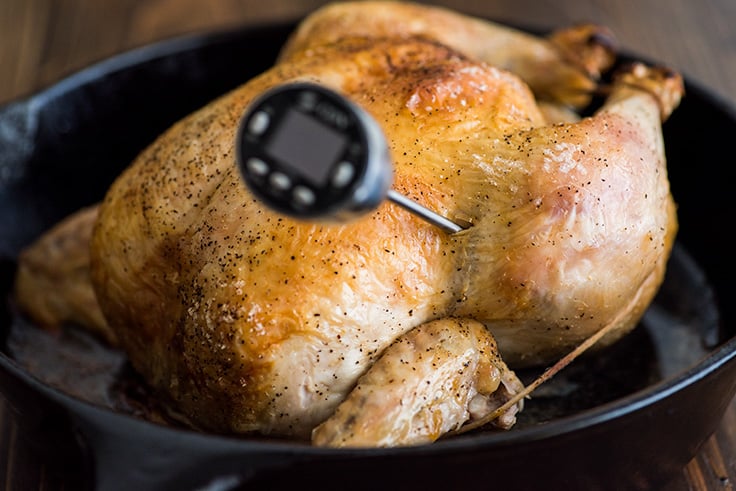
You may be wondering about the difference between a oven and a grill. Both are useful and each has its benefits and drawbacks. For those who prefer to cook at home in comfort, grilling is often more convenient than broiling. Grills, on the other hand, are only suitable for outdoor cooking. A typical grill costs about double the price of a broiler oven.
There are some differences in grilling and broiling. Grilling is ideal for high-heat roasting that produces a distinctive, smoky taste. Broiling is an excellent option when cooking indoors during rainy or snowy conditions. In addition, broiling requires fewer preparation materials. Because grilling requires more ventilation broiling makes indoor cooking more appealing.

Broilers' high heat encourages caramelization and browning. The broiler can burn and dry quickly so pay attention. The broiler is better for smaller cuts. And although the meat is more tender and juicy than a grill, broiling won't provide that famous grilled taste. Broiling is a great option, even though it has its limitations.
Broiling and grilling both use similar cooking methods. However, terminology can be used in Canada and the US to distinguish them. Broiling requires water to boil at boiling temperature, while grilling relies on direct heat. Although both methods can be used, the key difference is in the heat source and direction that the flame is directed. Talk to an expert if you are unsure which method is best. Broiling will yield better results in a shorter time.
You have to remember that both grills or broilers use extreme heat to cook your food. Both methods involve careful cooking and watching to avoid food burning. Generally speaking, the pros of grilling are more obvious, but a broiler is more versatile and can accommodate larger portions of food. Broiling and grilling both produce crisp, caramelized, or grilled results. However, they require the attention of a skilled chef.

It is simple to grill by using two zones of heat, one medium-hot and the other medium-low. If you use charcoal, arrange the grate to make sure that one end of the grill heats up more than the other. A gas grill is easier to use: set one burner on high and another on low. Once the food reaches the medium-high zone, move it to the medium-low side to finish cooking.
Grills offer more control than a broiler. Flare-ups are a great way to cause food to burnt. Keep the door slightly ajar if you want to avoid this. Keep the broiler lid open when you cook. To avoid flare-ups, protect your grill from the wind.
FAQ
Can I learn to cook with my kids?
Yes! Yes! Kids love helping in the kitchen. It's an enjoyable activity that teaches responsibility and teamwork. You can have your children help you with everything, from washing vegetables to cutting onions. You will have your children enjoy helping you cook as long as they follow safe procedures when using knives.
What Are the Requirements To Be a Chef?
To be a chef you need a bachelor's level in culinary arts. You will also need to pass several tests administered by ACF. After completing these requirements, you will be awarded a certificate that confirms your qualifications.
How much does it cost to study Culinary Arts?
You will find that the price to study culinary arts is variable. For example, a four-year degree typically costs around $40,000. A two-year associate's program may be less expensive at $5,000. The tuition rate you choose depends on the program. Private institutions charge higher prices than public ones.
Statistics
- You'll be amazed that over 90% of CIA students receive scholarships and grants to finish their culinary studies. (ischoolconnect.com)
- In the United States, the category is estimated at $23.2 billion annually and is growing faster than the market. (washingtonpost.com)
- On average, chefs earn $58,740 a year, according to the BLS. - learnhowtobecome.org
External Links
How To
How to make the perfect omelet
Omelets have always been a favourite food to eat for breakfast. How do you make them perfect? Many different recipes and methods have failed to work for me. I have some tips and tricks to help you make delicious, fluffy omelets every single morning.
We should first know that eggs are very temperamental ingredients when making omelets. They must be fresh, preferably from the organic market, and be kept cold until cooking. They must be kept cool, otherwise the whites will not form properly and the yolks may become runny. This will make your omelets appear strangely colored. It is best to use room-temperature eggs if you are going to cook them right away.
Another tip is to separate your egg before adding it into the pan. You don't want any white to get mixed up with the yolk because this could cause the omelet to curdle.
The bottom part of an egg that is added directly to the stovetop might be burned, which could cause a ruined texture in your omelet. Instead, heat the egg for 10 seconds in the microwave before placing it in the pan. The microwave heat is sufficient to cook the egg without overcooking.
Next, let's discuss mixing the eggs. When you mix eggs together, you want to beat them well. To do this, take the bowl from the mixer and flip it upside-down. Then shake the bowl vigorously. By doing this, the egg is thoroughly mixed with the air in the bowl.
The fun part is now - adding the milk to the mixture. Mix half of the milk with the eggs. Then fold the eggs in half into the remaining milk. Don't worry if there are still streaks of egg visible; these streaks will disappear once you flip the omelet.
After you have done folding the eggs, heat the pan on medium heat. The oil will start to smoke. Once the oil starts getting hot, add 1/4 cup of butter to the pan and swirl it around to coat the entire surface of the pan. Next, carefully open the lid and sprinkle salt into your pan. A pinch of salt will prevent your omelet from sticking in the pan.
Cover the pan once you have formed the omelet. Wait for the top to set. Flip the omelet with a spatula, or flip it upside down. Cook the second side for a minute or so. Take the omelet out of the pan and immediately serve.
This recipe works best when you use whole milk.